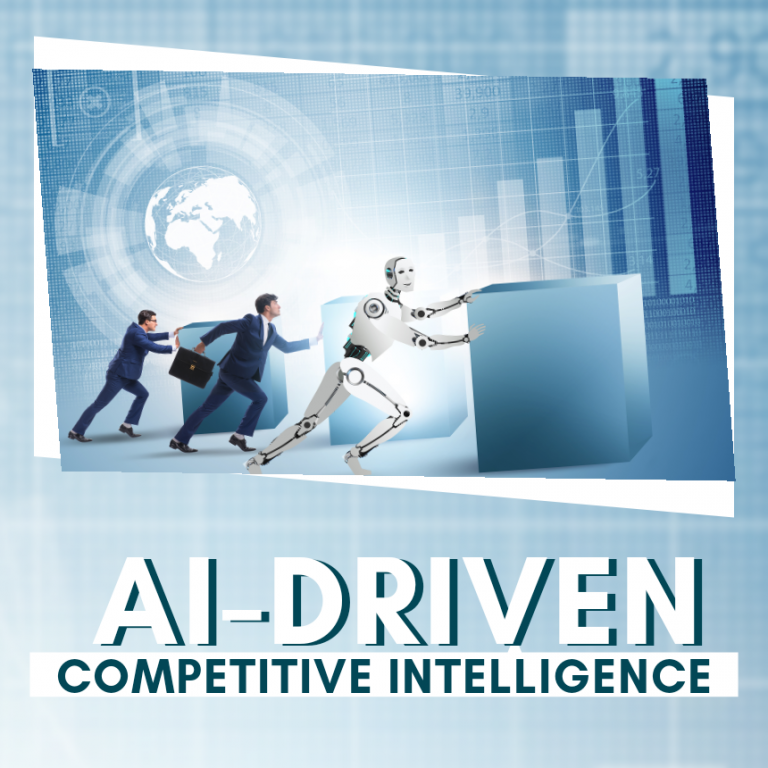
It is common that businesses these days have much greater visibility internally, than on they have externally. Activities like sales, marketing, product metrics, and strategies are attracting more attention than others.
To outperform the competition, businesses should practice and adopt Competitive Intelligence services that transform data into intelligence serves you with a real-time perspective of your competitive landscape.
Related: Building Intelligent Organization to Compete in the Age of AI
We’ve witnessed great value in machine algorithms that can help identify trends and analytical insights in various streams of data and make faster decisions that potentially put your businesses in front of the race.
The company’s efforts to collect and analyze data about its industry, competitors, business environment, and competitive products and other services is called competitive intelligence. Collecting the information and planning accordingly to support a company’s strategy to overcome competitive gaps.
Here, we talk about three major areas of competitive intelligence: we believe there’s a huge benefit in employing AI.
Unstructured & external data
To begin with, the best thing to do is to find the best competitive intelligence sources according to your previously set goals and create competitors’ profiles. Also, real-time processing data and up-to-date information are very important to gain accurate insights.
Competitive Intelligence from online or external sources includes:
- Business websites for insights into the audience
- Shifts in strategy and Product prices
- Insight into the company’s press releases for the new product, personnel changes, or updates on the new expansion.
- Social media activity, especially if the company is releasing a new product or service.
- Job postings, types, and the number of positions available.
There are mainly three areas of competitive intelligence where one can harness the power of unstructured external data:
1. Monitor job roles
A business can monitor news, social media, and competitors’ pages for trends of staff from a particular employment category (i.e., HR Executives, Data professionals, AI developers), joining or leaving or deported to and from competitor companies. This would help a business with a valuable intelligence by gesturing that a competitor may be in trouble, a significant takeover, moving the business elsewhere, or adopting new technologies.
2. Monitor price changes
In a fast-changing digital world, businesses are seeking a competitive edge and are common with every company. Ecommerce companies use pricing data gathered from millions of e-commerce websites across the market in the same way your business can collect competitor price trend data to tweak your strategies.
Related: What Does the Future of AI in Market Research Look like
Price Monitoring could also help you when your competitor’s prices are altered, and it can also give you information about a lot of your competitors’ pricing strategy (i.e., New Year discounts, sales, etc.). With the help of additional analysis of your competitor’s products, you can also keep an eye on how it affects price over time. It will definitely put you in control by understanding your competitor’s mistakes and wins.
3. Monitor Competitors Brand Hype
With the help of the latest Narrative AI techniques using Natural Language Processing, and you can monitor particular underlying social processes that identify hype surrounding a brand or a product via the buzz within social and news data. This will help you with a clear indication of when a product or brand is going viral or increasing buying trends so that you can build a countermeasure with your own product launches or announcements.
Artificial intelligence can help you equip competitive intelligence in your business, and you will never fail to gain a competitive edge in this fast-paced world. AI tools can grasp and learn from the content of the information they find. With AI, we not only gain data from a considerable number of sources but also understand what is written and abbreviate the data into the most critical insights.
Related: How AI-Powered Augmented Reality Transforms Digital Experiences!


